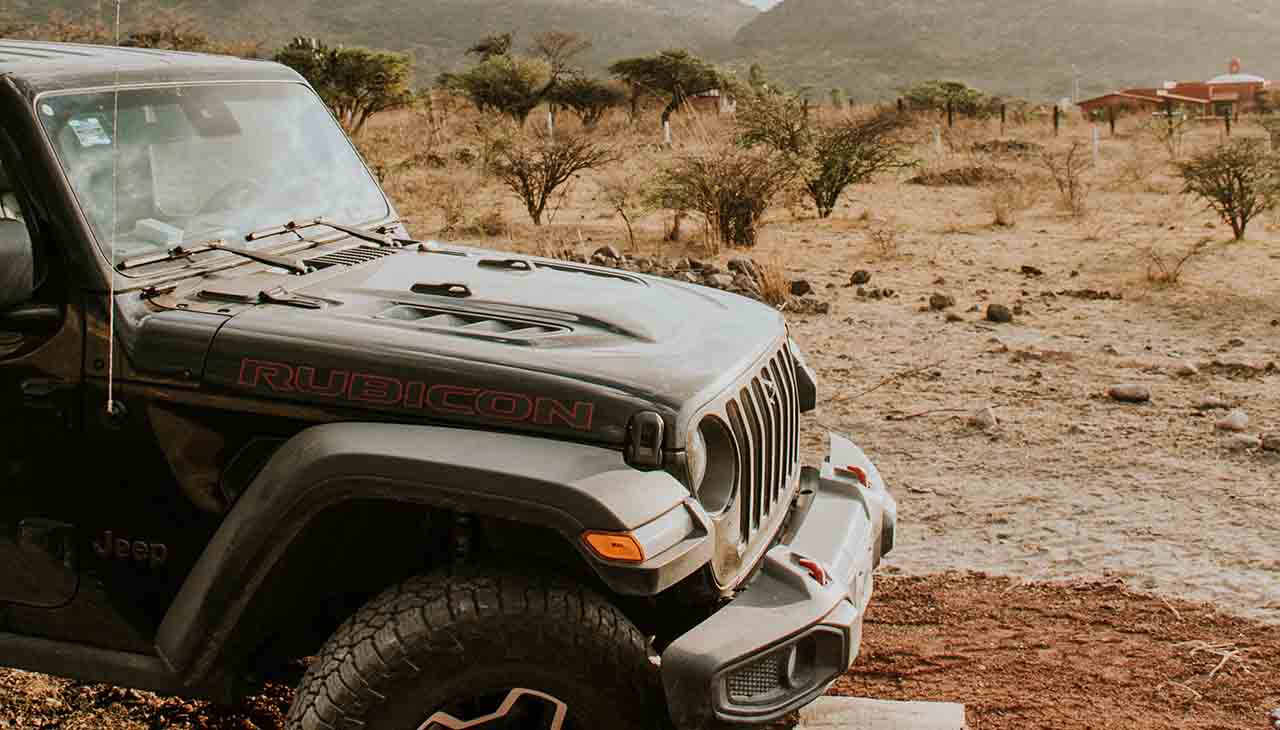Intro
A military jeep is a specialized vehicle designed for military use, known for its ruggedness, off-road capabilities, and versatility. These vehicles have a rich history and have been used in various military operations around the world. In this article, we will explore the technical specifications of military jeeps, including their engine specifications, transmission systems, suspension, tires, weight and dimensions, as well as the features and equipment that make them essential for military operations.
Engine Specifications
Military jeeps typically feature four-cylinder engines that produce anywhere from 70 to 120 horsepower. The engine is usually a gasoline powered or a diesel engine, depending on the model and the needs of the military unit it is being used by. In addition, many models are equipped with turbochargers which allow for increased performance in rugged terrain.
Transmission Systems
Typically, military jeeps are equipped with manual transmissions that offer a range of speed options ranging from three to five speeds. Some models may also feature automatic transmission systems or even continuously variable transmissions (CVTs). In addition, many military jeeps are fitted with low-range transfer cases which enable the vehicle to engage in four-wheel drive for increased traction and off-road capability.
Suspension
The suspension system of military jeeps is designed to be both rugged and flexible in order to cope with the demands of off-road use. Typically, they feature independent front suspensions as well as live axles at the rear which allow for greater articulation and flexibility when traversing rough terrain. Some models may also feature adjustable shocks and sway bars in order to further increase the vehicle’s off-road capabilities.
Tires
Military jeeps are equipped with specialized tires that feature a thick tread pattern for increased traction in mud, sand, and snow. The sidewalls of these tires also provide additional protection against punctures and other damage caused by rough terrain. Many military jeeps also feature additional wheel spacers in order to increase the width of the tires for an even better grip on off-road surfaces.
Weight and Dimensions
Military jeeps are generally quite light, with some models weighing no more than 2,200 pounds. In terms of dimensions, these vehicles range from around 130 inches to 150 inches in length and between 66 and 80 inches in width.
Features and Equipment
Military jeeps are equipped with a variety of features designed to make them better suited for military operations. These include bullet-proof windshields, heavy-duty suspension systems, skid plates to protect the underside of the vehicle, and an array of military-specific accessories such as gun racks, radio mounts, and medical kits. Additionally, many military jeeps are also equipped with sophisticated navigation systems that allow them to operate in remote locations with ease.
Transmission Systems
In addition to manual and automatic transmissions, many military jeeps are also equipped with dual-range transfer cases. This allows for the ability to switch between two different sets of gearing in order to optimize performance both on and off-road. Additionally, these vehicles may also feature locking differentials which enable them to drive through mud and other difficult terrain without getting stuck.
System Variations
Military jeeps are also available in a variety of transmission systems, including manual transmissions, automatic transmissions, and all-wheel-drive variations. The type of transmission system selected will depend on the terrain the vehicle is expected to traverse as well as the needs of the unit it is being used by. In addition to these transmission system options, some models may also feature extra gear ratios which provide greater flexibility in various off-road conditions.
Final Thoughts
The technical specifications of military jeeps make them essential vehicles for a variety of military operations. Their engine, transmission system, suspension, tires, weight and dimensions, along with the features and equipment they are equipped with make them ideal for traversing difficult terrain and carrying out a range of missions. Ultimately, these vehicles are essential for various branches of the military to carry out their operations with minimal risk and maximum efficiency.
